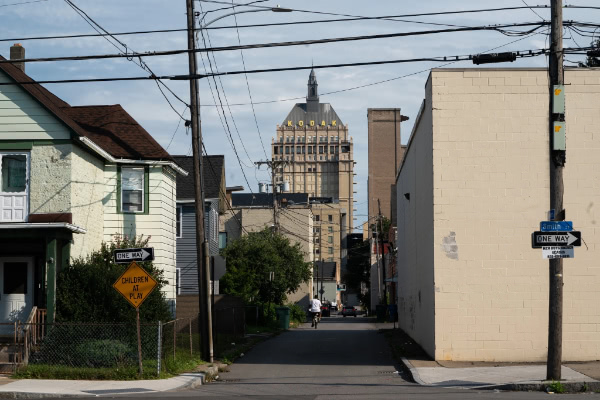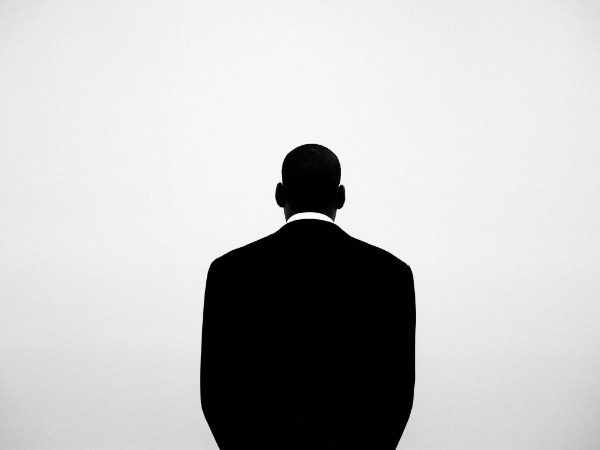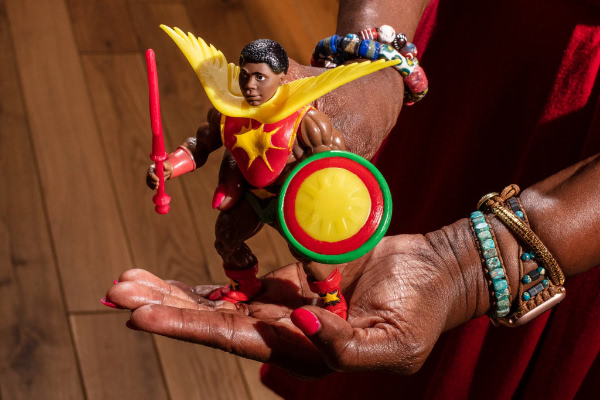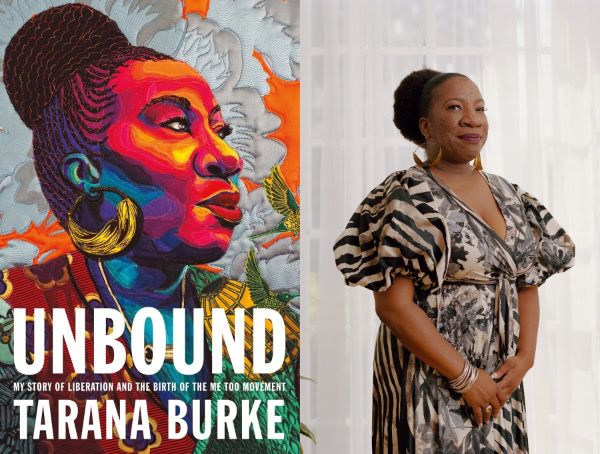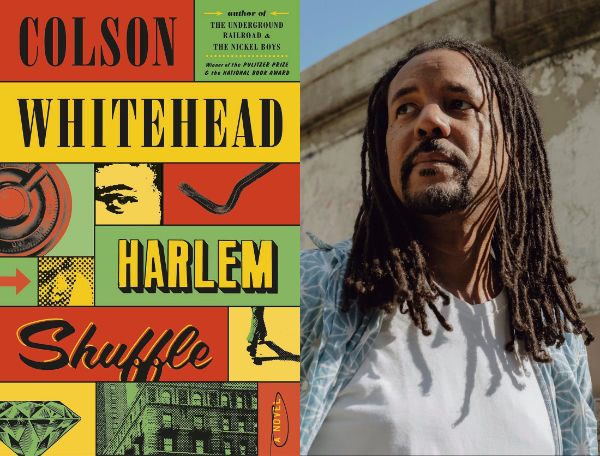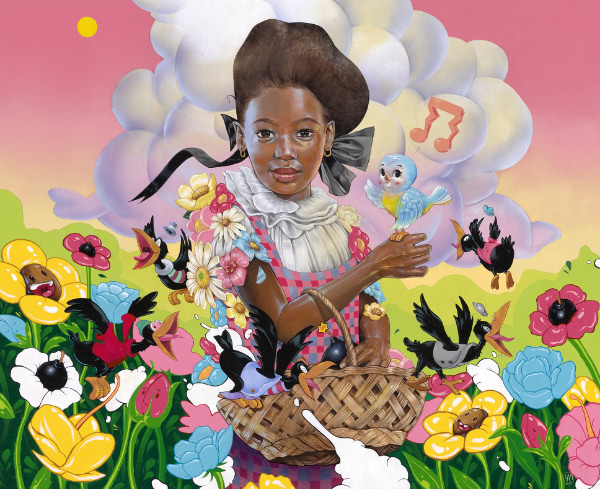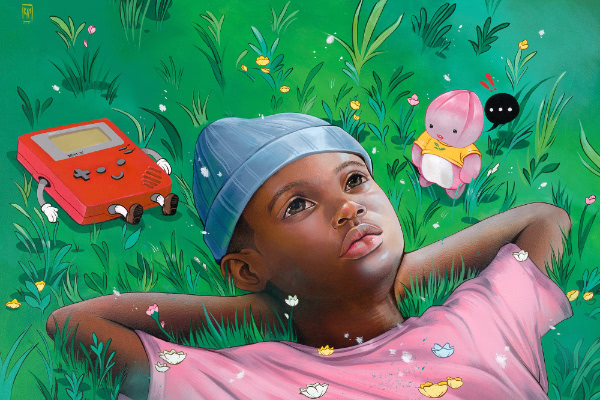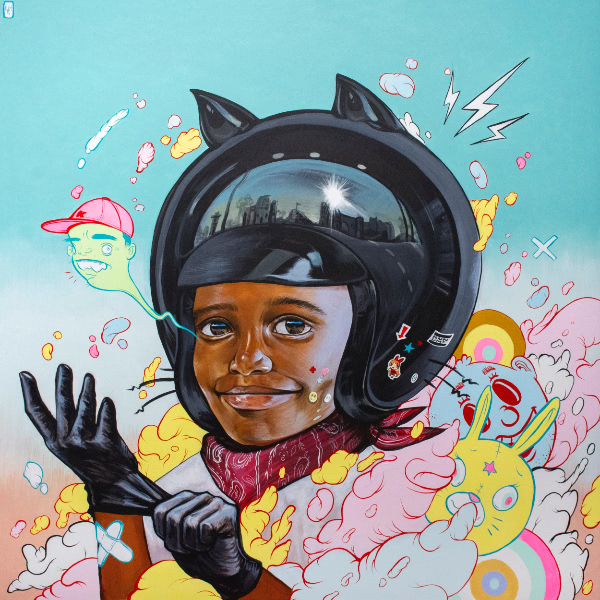‘Black Capitalism’ Promised a Better City for Everyone. What Happened?
Michael Corkery, reporting for The New York Times:
Nearly 60 years ago, Xerox teamed up with a Black power group to create a factory [in Rochester, N.Y.] that made vacuums and other parts for copying and film processing and was partly owned by its work force.
That company, which was eventually called Eltrex Industries, provided hundreds of manufacturing jobs to Black residents, including Mr. Jackson, who credits his experience there with providing the skills and connections he needed to start his own business.
As part of an effort to promote more racial equity, Xerox also recruited Black engineers and technicians to Rochester, including Ursula Burns, who rose to become the first Black woman to lead a Fortune 500 company as chief executive officer.
Despite an auspicious start, the project never lived up to expectations. As similar efforts begin to take shape as a result of last year’s “racial reckoning,” it would be wise to pull lessons from the Rochester experiment.
Democrats Continue to Struggle With Men of Color
Charles M. Blow, writing for the Times:
The big headline is that the California recall failed. Democratic Gov. Gavin Newsom gets to keep his job. He handily fought off the Republican challenge.
But there is a worrisome detail in the data, one that keeps showing up, one that Democrats would do well to deal with: Black and Latino men are not hewing as close to the party line as Black and Latina women […]
In CNN’s exit poll, nearly half of the Hispanic men surveyed and nearly a quarter of the Black men voted to support the recall. The largest difference between men and women of any racial group was between Black men and Black women.
Even if these numbers are later adjusted, the warning must still be registered.
For many of these men, saying Republicans are racist or attract racists or abide racists isn’t enough.
Black American Culture Was Missing From The Met Gala Red Carpet
Vanesa Coger, writing for Refinery29:
The Met Gala, fashion’s most anticipated and glamorous red carpet event, took place last night (Sept. 13) and there’s a lot to unpack […]
The execution of this year’s theme, “In America: A Lexicon of Fashion,” reminded us all of what ‘normal’ is to the gatekeepers of American fashion.
If the Costume Institute understood their own theme, Black designers would have flooded both the red carpet and this year’s exhibit. But there were only a handful of Black American designers highlighted.
What Should We Do About Systemic Racism?
John McWhorter for the Times:
For me, the biggest question is not whether systemic racism exists but what to do about it.
A thorny patch, for starters, is figuring out whether racism is even the cause of a particular kind of disparity. One approach, well-aired these days, is that all racial disparities must be due to racism — a view encapsulated in a proclamation like “When I see racial disparities, I see racism.”
But that approach, despite its appeal in being so elementary — plus a bit menacing (a bit of drama, a little guilt?) — is often mistaken in its analysis, not to mention harmful to Black people if acted upon.
Mattel reintroduces a Black hero for today’s kids
Gregory Schmidt, writing for the Times:
Mattel is expanding the Masters of the Universe’s roster of muscled heroes with the introduction of Sun-Man, a Black character created in 1985 by a New Jersey mother who wanted to create a role model for her son.
“My son said he couldn’t be a superhero because he was Black. He was 3,” said Yla Eason, an assistant professor of professional practice at Rutgers University.
So she started her own company, Olmec Toys, to make Sun-Man and other toys for Black, Hispanic and Native American children. “The intention was to give positive Black presentation in imagination and creativity,” she said.
Tarana Burke on the Past and Future of Me Too
Marie Claire’s Neha Prakash interviews the founder of the Me Too movement about her memoir Unbound:
MC: There is a powerful line in your book: “It’s a trap in which so many Black girls find themselves, either performing our pain or performing through it.” What would you, now, tell that young girl who was performing through and performing her pain?
TB: I’d tell her so much: “You are not the sum total of the things that happened to you.” It’s gonna take more than one time of me saying, “Your beauty is not defined by what’s on the outside, but what’s on the inside.” And “You are beautiful because of how you treat people.” I wanna say that over and over and over and over again to her until she believes me.
It would have been helpful to hear it once. It would have been amazing to have that as a constant in my life. And I feel like that’s the way I tried to set up my life so that I have access to young people, particularly young Black people, young Black girls and non-binary people, who need to hear it constantly in different ways, need to see it, and need to see it in practice.
See also: Tarana Burke’s Book Recommendations
Colson Whitehead’s Latest Gives Readers A Half-Crook You’ll Wholly Love
Denny S. Bryce reviews Whitehead’s novel Harlem Shuffle for NPR:
A heist with a cast of zany characters, tongue-in-cheek dialogue, questionable criminal skills, and of course, a bumbling, incompetent thief or two are undoubtedly part of the charm of Colson Whitehead’s Harlem Shuffle. But the novel is also a powerful tale of a man’s love for his family and the neighborhood where he lives. And the man at the center of that tale is a devastatingly enjoyable character who has a true gift for words — if not always the smartest actions.
Artist Bisa Butler on creating new narratives through “portrait quilts”
CBS This Morning:
Artist Bisa Butler has been called a modern-day Griot – but instead of using words to tell stories, she uses stitches and cloth. Her quilts have graced the covers of magazines and she created the striking illustration for the soon-to-be-released book “Unbound,” the memoir of activist and Me Too movement founder Tarana Burke.
(via Culture Type)
Evoking Childhood Nostalgia, Color and Cartoon Commotion Burst from Kayla Mahaffey’s Paintings
Grace Ebert for Colossal:
Surrounding Black children with jumbled masses of cartoon characters, doodles, and explosions of color, Chicago-based artist Kayla Mahaffey imagines adolescent daydreams and an array of playtime inventions. She infuses her acrylic paintings with a longing for carefree summer days, mornings spent watching the foibles of favorite animated characters, and hours left open for adventure, capturing feelings of joy and curiosity.
A selection of Mahaffey’s work is on display at Thinkspace Projects in Culver City from September 18 to October 9.
Thanks for reading. See you next week.

